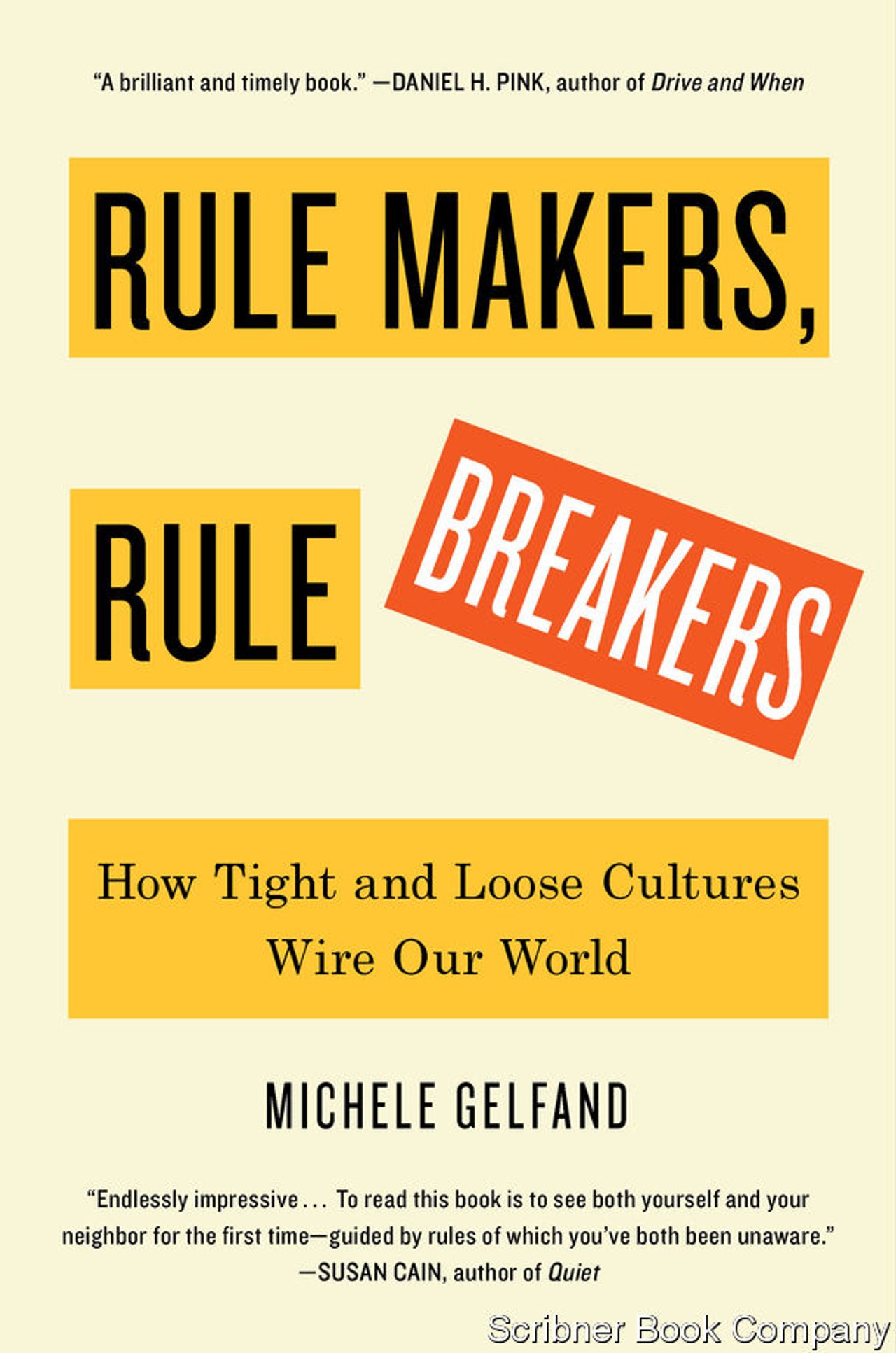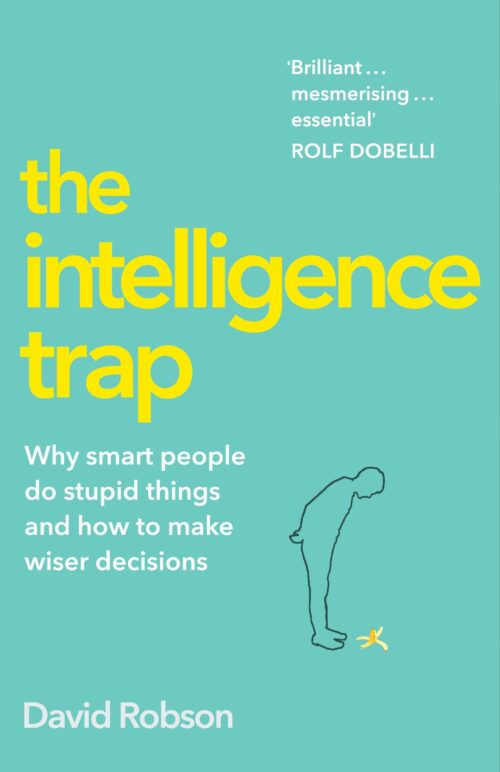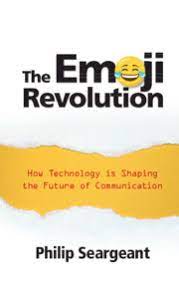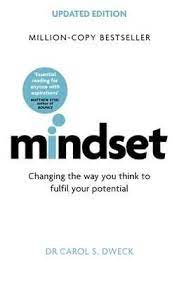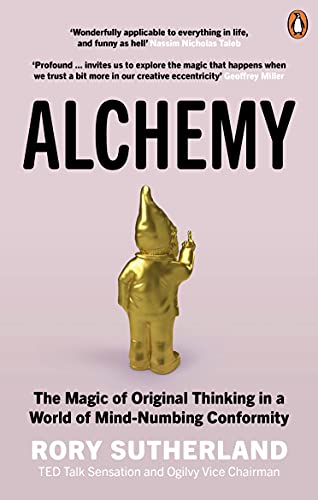Michele Gelfand has worked on Tightness-Looseness as an important cultural difference for many years, and her work is summarised in Rule Makers, Rule Breakers. This is a great read on an important differentiator of countries and cultures, and how those differences are driven by ecology and history.
Why is Singapore praised for its reaction to the pandemic, and why are Mediterranean countries seeing much faster growth of the virus? This book highlights at least one reason why different countries have reacted in different ways. The core thesis of the book is that behaviour largely depends on whether we live in a tight or loose culture.
Tightness-Looseness reflects the strength of a group’s cultural norms and the strictness with which those norms are enforced. Although we regularly take them for granted, all groups have rules for acceptable behaviour, including countries, cultures and organisations. As children we learn these rules implicitly and explicitly: do not grab something out of someone else’s hand, walk on the right (or left) hand-side of the road, and put on your clothes in the morning. We continue to absorb these norms every day of our lives across an ever-growing range of situations: how to behave at a rock concert or a poetry recital, what to wear at a funeral, and in the current crisis put on your face mask before you leave home.
These rules and rituals fill our lives and hold groups together, giving us identity and helping us coordinate our behaviour with others. Michele Gelfand shows that cultures vary in the strength of this social glue, with some having weaker social norms and more permissive attitudes and others having stronger social norms and stronger enforcement.
For example, in the UK you can’t walk down a road without seeing multiple violations of norms such as jaywalking and littering. In Singapore, where I most recently lived before moving to Bangkok, there is no litter on the street and jaywalking or importing chewing gum are punishable offences. Similarly, in Brazil clocks all read a different time and arriving late is the rule, whereas in Japan there is a huge emphasis on punctuality and train companies hand out cards to passengers when they are even slightly late, so they can explain their delay to their bosses.
Tight-loose differences explain global patterns of conflict, revolution, terrorism and populism and are also explained by these patterns. Tighter societies have experienced a greater number of ecological and historical threats, including:
- fewer natural resources
- food deprivation
- more natural disasters
- greater incidence of territorial threat
- higher population density
- greater pathogen prevalence
Tightness is generally highest in South and East Asian countries, followed by Middle Eastern nations and of Nordic or Germanic countries. By contrast, Latin-European, English-speaking and Latin American cultures are much less tight, with Eastern European and former Communist nations the loosest. Loose cultures are more open, but also more disorderly, whereas tight cultures have a comforting order and predictability but are less tolerant. These differences can also be seen within countries, with some US states and China regions tighter and others looser, with the same ecological and historical drivers.
Many social norms originated in tighter or looser context. That doesn’t mean that they can’t change. For example, handshakes are said to have originated in ancient Greece in the ninth century BC, as a gesture to show a new acquaintance that you were not concealing any weapons. Thailand and other countries have alternative “contactless” greetings, and it may be time for us all to adopt these.
More seriously, the evidence shows that the happiest countries are those that balance tightness and looseness. Having said that, now is a time for everyone to “tighten up”. By all means say hello and smile, but keep your distance, wash your hands regularly and stay safe. And if you have time on your hands at home, I strongly recommend reading Rule Makers, Rule Breakers.
[This is one of ten recommended books for market researchers who want to broaden their knowledge. You can find the other recommendations here.]


